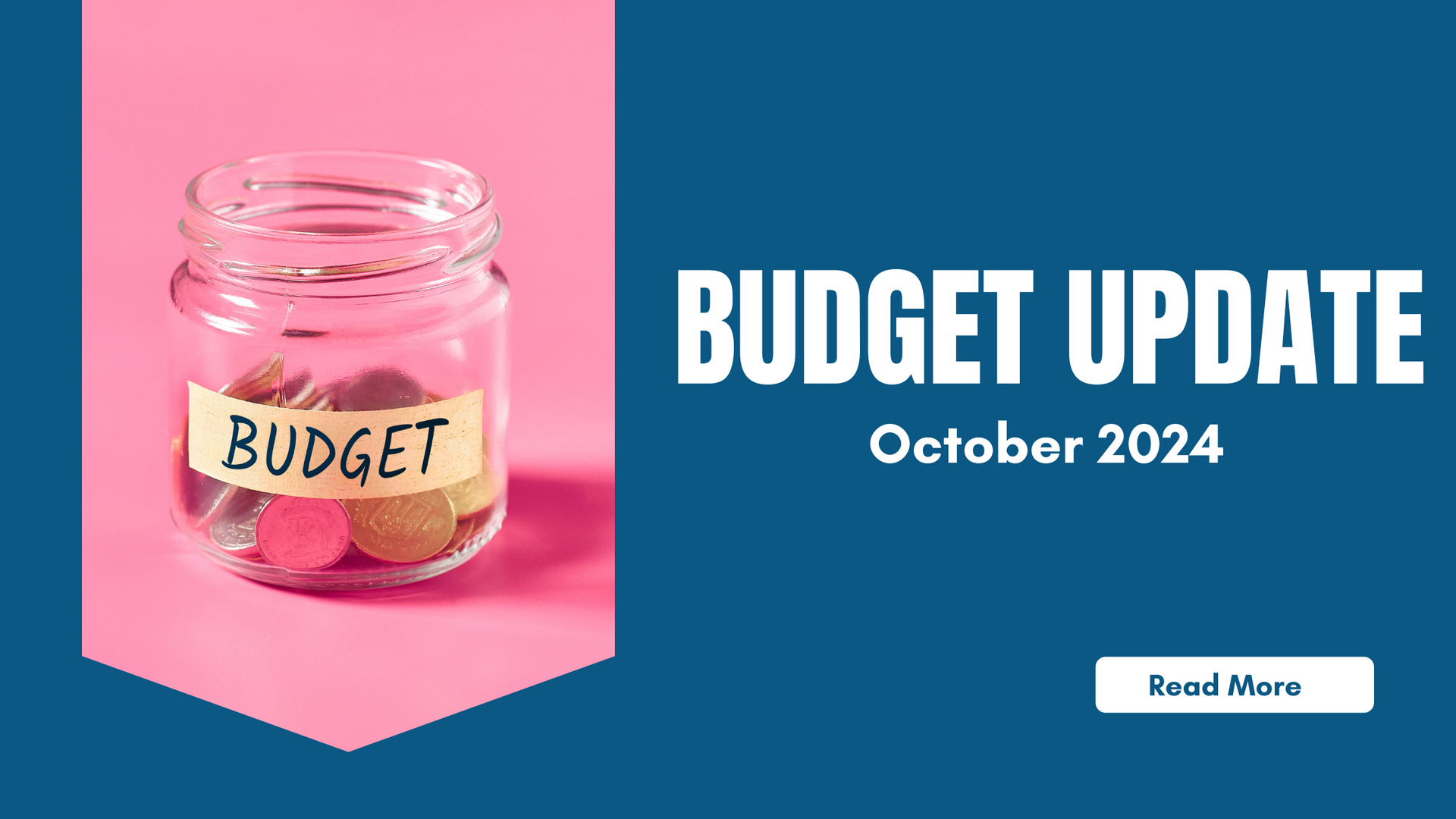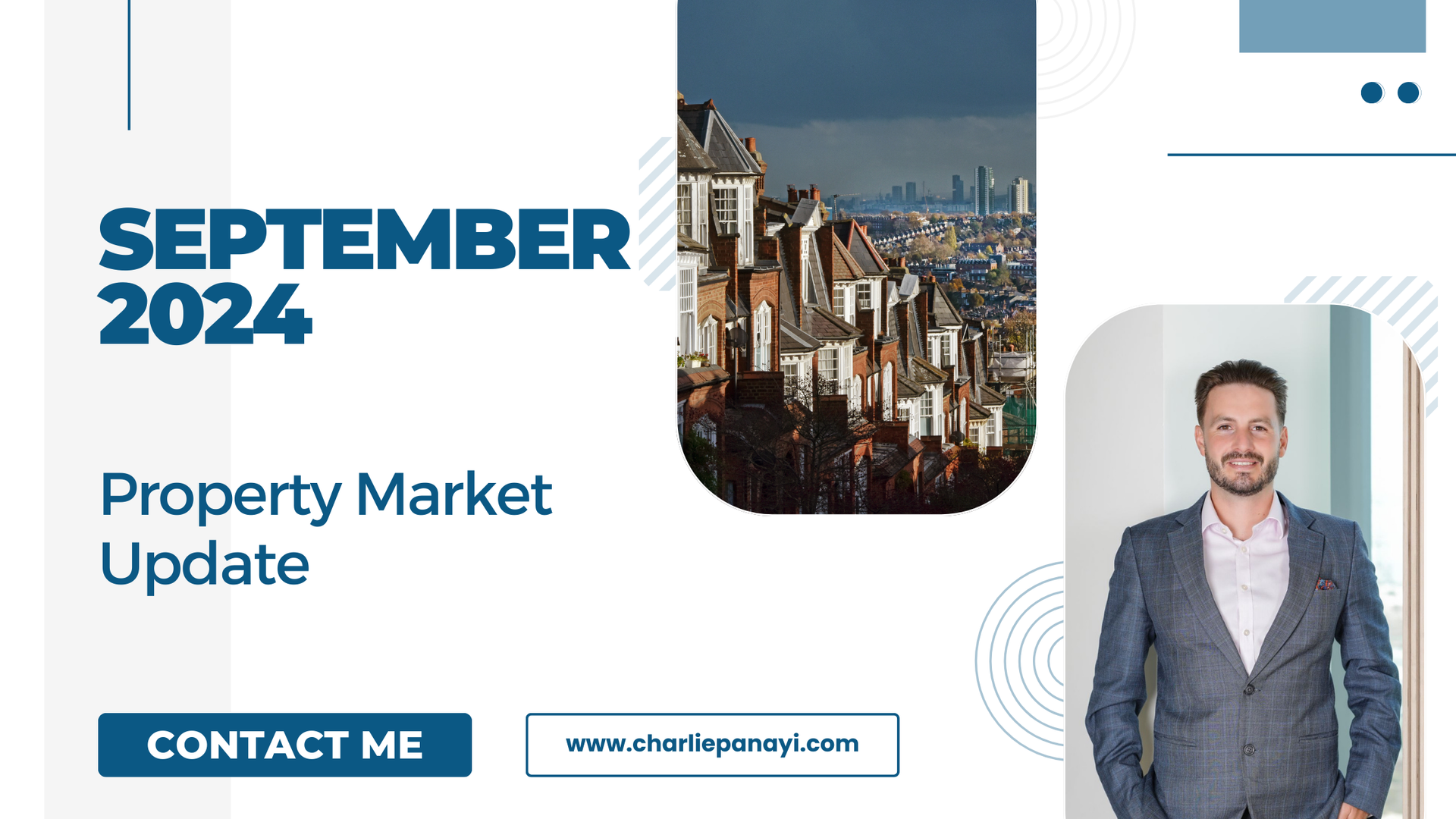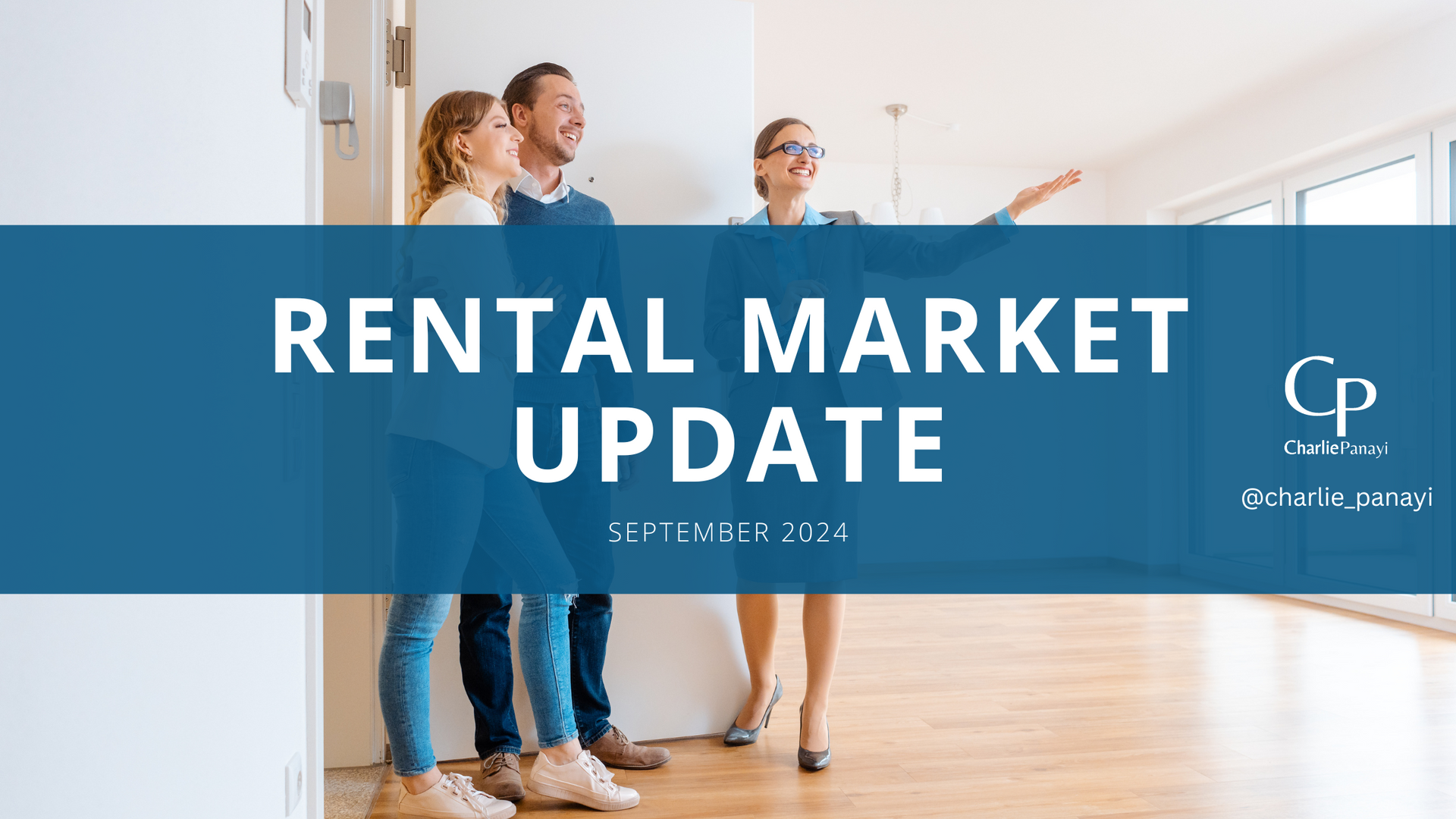Journal
A few of my thoughts about property investment and personal success

By Charlie Panayi
•
February 26, 2025
Pride is often seen as a positive force in business. It fuels confidence, resilience, and a strong sense of leadership. But when left unchecked, pride can quietly hold you back , stopping you from seeing opportunities, embracing feedback, and making the decisions that will actually move you forward. A recent conversation with a client really drove this home for me. They shared how they had struggled to accept feedback because it felt like a personal criticism of their leadership , also a local business owner I witnessed who can't see it in themselves . This wasn’t about arrogance...it was about pride getting in the way of growth. And the more I thought about it, the more I realised how common this is. Pride, when taken too far, can blind leaders to the very things that could help them succeed. It creates an invisible ceiling...one that limits perspective, slows progress, and damages relationships . So, how does this happen? Here are five ways pride could be limiting your success... and what you can do about it. 1. Resistance to Feedback: The Silent Growth Killer No one likes criticism. But when pride takes over, even constructive feedback feels like a personal attack . Instead of seeing feedback as a tool for improvement , many leaders see it as a challenge to their authority or expertise . Yet, research has shown that companies that actively seek feedback and foster a culture of learning outperform those that don’t. A study from Zenger & Folkman found that leaders who ask for and act on feedback are rated 86% more effective by their employees (source) . If you struggle to accept feedback, ask yourself: What if this person is right? What opportunities am I missing by ignoring this? Am I resisting feedback because of ego , or because I genuinely disagree? The moment you start separating feedback from personal identity , you unlock a whole new level of growth . 2. Fear of Vulnerability: Why Leaders Struggle to Ask for Help Many business owners and leaders feel pressure to always have the answers . They believe that admitting a mistake or asking for help is a sign of weakness . But in reality, it’s the opposite . Some of the most successful people in the world actively seek out help and mentorship . They surround themselves with advisors, peers, and experts who challenge their thinking and push them forward. If you never ask for help, you risk: Making avoidable mistakes because you didn’t seek advice Slowing down your progress by trying to figure everything out alone Burning out by carrying more than you need to The best leaders don’t go it alone... they build strong support systems and know when to reach out. 3. Stagnation from Perfectionism: The Illusion of ‘Not Ready Yet’ Pride and perfectionism often go hand in hand. Leaders with high standards (which is a good thing) can sometimes become paralysed by the fear of launching something imperfect (which is a bad thing). You tell yourself: “I’ll do it when it’s perfect.” “It’s not quite ready yet.” “I need more time.” But the reality? Perfectionism is often just fear in disguise. The longer you wait, the more momentum you lose. Research suggests that 92% of people fail to achieve their goals , often because they overanalyse or delay starting due to fear of failure. Success isn’t about getting it perfect... it’s about getting it started . 4. Limited Perspective: The Danger of Thinking ‘My Way is the Only Way’ Pride convinces leaders that their way is the best way... but in business, that kind of thinking can kill innovation . The best ideas often come from outside perspectives... from employees, peers, mentors, or even customers. If you shut down new ideas because they don’t align with your way of thinking , you could be missing out on game-changing opportunities . Neuroscience research suggests that leaders who expose themselves to diverse perspectives enhance cognitive flexibility and decision-making skills (source) . The fix? Stay curious . Actively seek out different perspectives . Challenge yourself to see things through someone else’s lens...bec ause that’s often where the biggest breakthroughs happen. 5 . Strained Relationships: When Pride Creates Distance A leader who always needs to be right is a leader who will struggle to build trust . When pride gets in the way, relationships suffer. Employees stop speaking up, business partners hold back ideas, and clients feel unheard. Over time, this creates a culture where collaboration is weak, communication is guarded, and progress slows down. L eaders who demonstrate humility are more effective at building high-performing teams . The most influential leaders aren’t the ones who force their opinions... they’re the ones who listen, adapt, and bring people together. How to Shift: The Power of Humility Balancing confidence with humility is the key to real, sustainable success . The best leaders: ✔️ Embra ce feedback instead of resisting it ✔️ Ask for help without fear of looking weak ✔️ Take action instead of waiting for perfection ✔️ Stay open to new perspectives ✔️ Lead with curiosity, not ego Pride won’t grow your business. Humility will. Final Thoughts Pride is tricky...it feels like strength, but when it’s unchecked, it can be a hidden weakness. If you recognise any of these patterns in yourself, don’t beat yourself up. Awareness is the first step. The key is to stay open, keep learning, and always be willing to grow. At the end of the day, leadership isn’t about having all the answers... it’s about knowing when to listen, learn, and evolve . If you want to book me for a talk or work with me, reach me via charlie@charliepanayi.com

By Charlie Panayi
•
January 29, 2025
Welcome to this month’s property market update, where I break down the latest trends in the UK housing market. January has kicked off with a strong start, with positive signs across buyer demand, stock levels, and house price growth. Let’s take a closer look. Summary Annual UK house price inflation: +2.0% (up from -0.9% a year ago) Buyer demand: Up 13% year-on-year Homes for sale: 10% increase compared to January 2024 Sales agreed: 12% growth versus last year Fastest-growing region: Northern Ireland (+7.7%) Most in-demand price range: £300,000 - £625,000 (due to upcoming stamp duty changes) Buyer Demand Remains Strong The start of 2025 has seen a surge in market activity, with buyer demand up 13% year-on-year. More homes are coming to market, giving buyers greater choice, while sales agreed are also up 12% compared to the same period in 2024. The average estate agent branch now has 31 properties listed for sale...the highest number recorded in January for seven years. This increase in available stock is helping to keep the market moving and prevent excessive price spikes. I mpact of Stamp Duty Changes The April 2025 stamp duty changes are having a noticeable effect on buyer behavior, particularly among first-time buyers (FTBs). Demand has jumped by over a third in the £300,000 - £625,000 price range, as buyers try to complete purchases before the tax increase kicks in. Properties under £300,000 remain attractive, as FTBs continue to pay no stamp duty. Properties over £625,000 have seen slower demand growth, as they do not benefit from tax relief. This trend is particularly evident in London and the South East , where many properties fall into this price bracket. Regional House Price Performance While the national house price inflation sits at +2.0% , growth varies across the country: Northern Ireland: +7.7% (fastest growth) North West: +3.2% London: +1.4% South East & East: +1.0% At a local level, Wigan (+5.6%) and Motherwell (+4.9%) have seen the strongest house price growth over the past year. Earnings vs. House Prices: A Positive Shift For the second consecutive year, wage growth is outpacing house price inflation. Annual earnings are rising by 5% , while house prices have increased by 2% , improving affordability for buyers. With mortgage rates stabilising in the 4-5% range , this trend is expected to continue throughout 2025, making home-ownership more accessible for those looking to buy. Outlook for 2025 The market has started 2025 on a solid footing, with positive signs for both buyers and sellers : House prices forecast to rise by +2.5% in 2025 Total property sales expected to increase by 5% to 1.15 million Affordability to improve as incomes rise and interest rates stabilise While some short-term activity is being driven by buyers looking to beat the stamp duty deadline, a strong pipeline of demand suggests the market will remain resilient throughout the year. Final Thoughts With buyer demand up, more homes for sale, and affordability slowly improving, 2025 is shaping up to be a healthier market for property transactions. If you’re considering buying or selling, now may be a great time to explore your options. If you want to learn more about property, or book me to speak - reach out to me via www.charliepanayi.com

By Charlie Panayi
•
September 16, 2024
It’s the question that never seems to go away— should you rent or buy ? While some people have a clear answer, others get stuck in the middle, weighed down by financial calculations, lifestyle goals, and long-term plans. Alongside 'pretend' experts giving views on social media! I get it—this decision can be confusing. Let’s dive into the pros and cons of each to help make things clearer.







